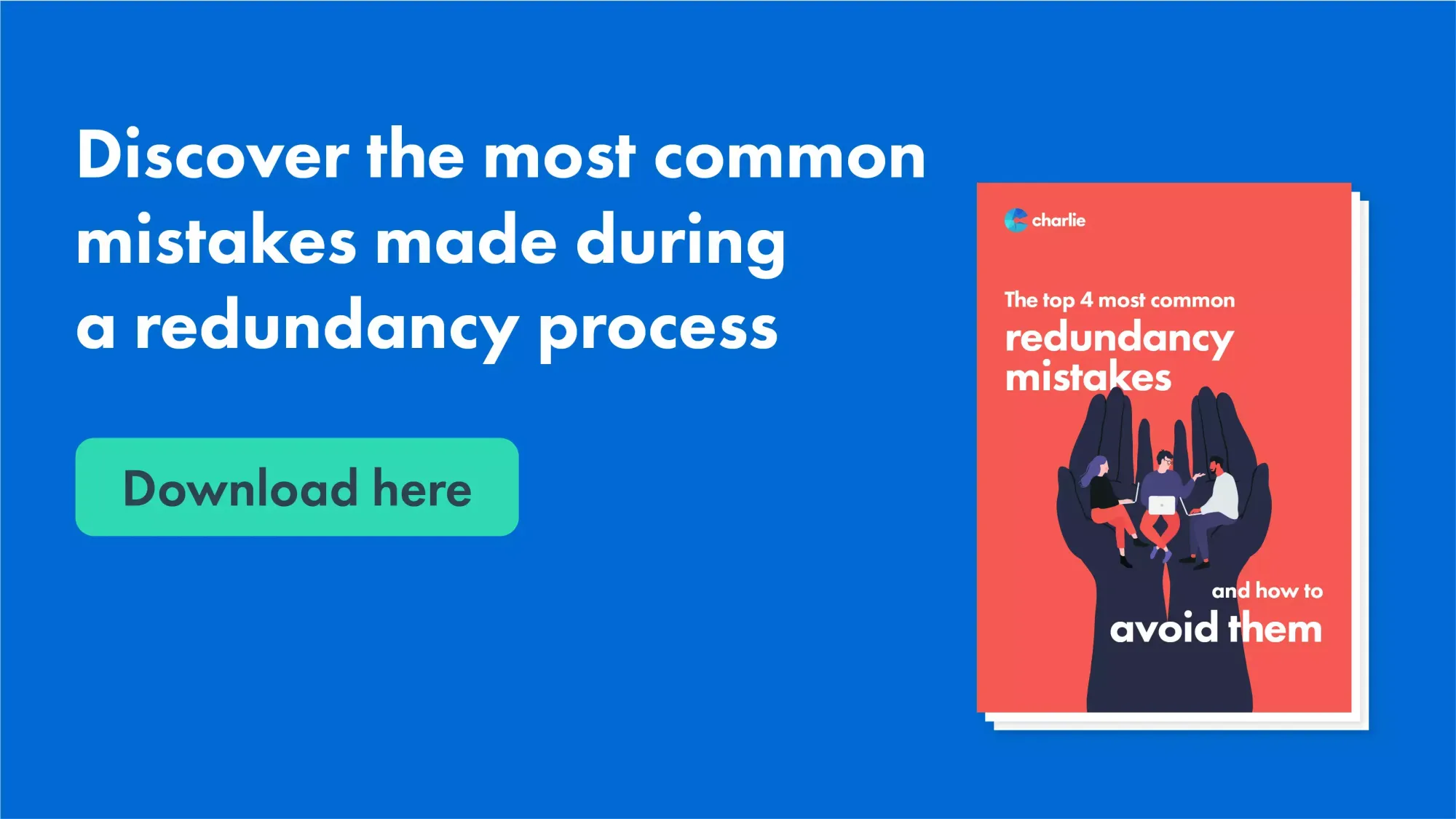Who Pays Redundancy Money? A Comprehensive Guide for Companies and Employees
Who Pays Redundancy Money? A Comprehensive Guide for Companies and Employees
Blog Article
Examining the Interaction In Between Company Redundancy and Business Flexibility for Future Growth
In the vibrant landscape of today's service globe, the intricate connection between firm redundancy and business adaptability emerges as an essential factor for continual growth and success. Firms usually face the obstacle of striking a delicate equilibrium between keeping a degree of redundancy to mitigate threats and fostering adaptability to respond swiftly to the ever-evolving market needs. This fragile interaction holds the crucial to not just surviving in rough times yet additionally growing when faced with unpredictability. As we check out the multifaceted dimensions of this interaction, appealing understandings into exactly how organizations navigate these intricacies to pave the means for future development await.
Relevance of Business Redundancy
Company redundancy is a critical aspect that boosts business strength and reduces functional risks. By incorporating redundancy measures within the business structure, business can much better withstand unexpected disturbances and variations in business atmosphere. Redundancy serves as a tactical buffer, allowing companies to adjust and respond properly to unanticipated obstacles without endangering necessary operations.
One trick facet of the significance of firm redundancy is its role in making sure continuity during times of situation. When faced with abrupt changes or emergency situations, repetitive systems, resources, or personnel can tip in to keep essential features and prevent extensive disruptions. This continuity not just safeguards the company's track record and client depend on but also minimizes economic losses and functional downtime.
Methods for Organizational Versatility

Producing versatile business structures that permit for fast changes to market dynamics and consumer demands is necessary for staying competitive in a swiftly developing environment. By proactively recognizing potential interruptions and chances, organizations can proactively adapt and prosper in an ever-changing business landscape.
Harmonizing Redundancy and Adaptability
Achieving an unified stability in between functional redundancy and business flexibility is extremely important in browsing the intricacies of a vibrant company environment. Redundancy within a company offers a safeguard, guaranteeing continuity and stability in procedures. Nevertheless, an excess of redundancy can bring about ineffectiveness and impede flexibility to changing market conditions. On the various other hand, business versatility enables companies to respond quickly to exterior interruptions and take brand-new opportunities. Striking the right equilibrium in between redundancy and flexibility is a delicate procedure that needs a deep understanding of the organization's objectives, market characteristics, and threat resistance.
To achieve this balance, companies need to carry out regular evaluations of their operations to determine areas where redundancy is necessary for threat mitigation and where flexibility can drive technology and growth. Executing versatile structures, fostering a culture of continuous knowing and improvement, and motivating open communication across all degrees of the organization are crucial approaches to balance redundancy and versatility properly. By straightening these 2 vital elements, companies can position themselves for lasting growth and success in an ever-changing business landscape.
Case Research Studies on Adaptation Success
In examining circumstances of effective organizational adaptation, it ends up being obvious that the interaction in between functional redundancy and versatility is a specifying consider forming resistant services. One engaging case research study is that of Netflix. Initially a DVD rental solution, Netflix demonstrated impressive flexibility by transitioning into a streaming platform when digitalization interfered with the market. By purposefully buying modern technology and web content development, Netflix not only flourished however made it through in a rapidly evolving market. One more standout example is Amazon. Starting as an on-line bookstore, Amazon continually adapted its organization model, expanding into varied industries such as cloud computing and expert system. This adaptability enabled Amazon to stay ahead of rivals and satisfy altering customer demands. Last but not you could try this out least, Adobe offers a noteworthy picture of effective adjustment. The firm moved from selling software program licenses to a subscription-based design, making sure persisting revenue streams and enhanced client engagement. These study emphasize the relevance of operational redundancy paired with business versatility in fostering long-term growth and competition.
Building Resilience for Future Growth
Building strength for future growth requires a critical placement of functional procedures with market characteristics and arising trends. Firms have to adjust to altering atmospheres by promoting a culture great site of flexibility, advancement, and constant renovation. Resilience involves not only getting better from problems but also proactively planning for future difficulties. One essential aspect of building durability is investing in robust risk monitoring approaches to mitigate possible disruptions. This consists of scenario preparation, diversifying supply chains, and creating contingency prepare for different contingencies (who pays redundancy money).
Additionally, cultivating solid partnerships with stakeholders, such as customers, staff members, providers, and the neighborhood, is essential for weathering unpredictabilities and keeping trust and support throughout stormy times. Efficient communication and transparency play an essential duty in structure strength, as they aid line up assumptions and facilitate collaboration in browsing uncertainties.
Additionally, organizations need to prioritize learning and advancement initiatives to upskill workers and furnish them with the needed tools to adjust to transforming conditions. By buying their workforce, business can boost their flexibility and dexterity, ultimately reinforcing their resilience for sustainable future growth.
Verdict

In the dynamic landscape of today's business globe, the intricate partnership in between company redundancy and organizational flexibility emerges as an essential variable for continual growth and success. Business typically deal with the difficulty of striking a go to website fragile equilibrium between preserving a level of redundancy to mitigate dangers and fostering versatility to react swiftly to the ever-evolving market needs.To attain this balance, companies require to carry out regular evaluations of their procedures to determine locations where redundancy is essential for danger mitigation and where versatility can drive technology and development.In verdict, the interaction between company redundancy and business adaptability is vital for future development. Structure strength through a combination of redundancy and flexibility will certainly guarantee that firms are prepared for the obstacles of the future.
Report this page